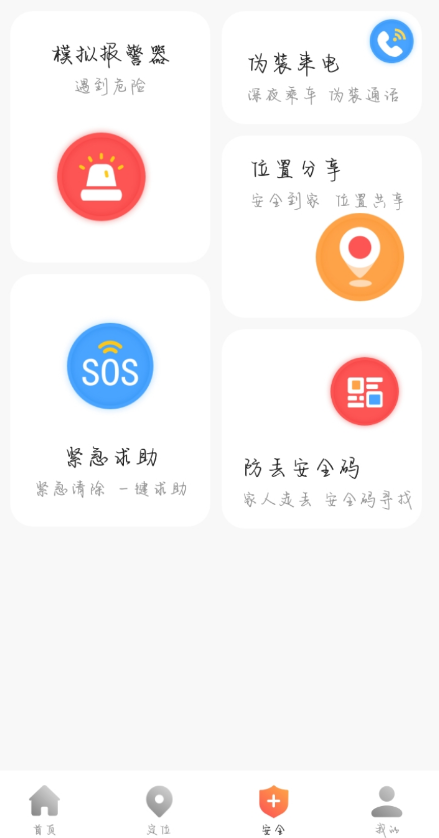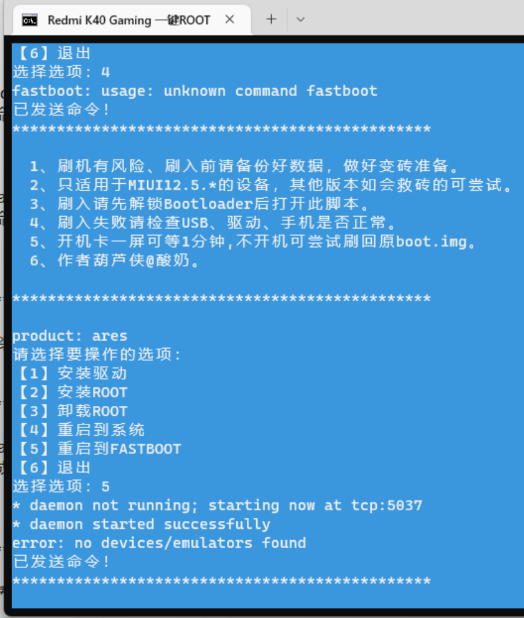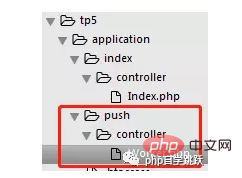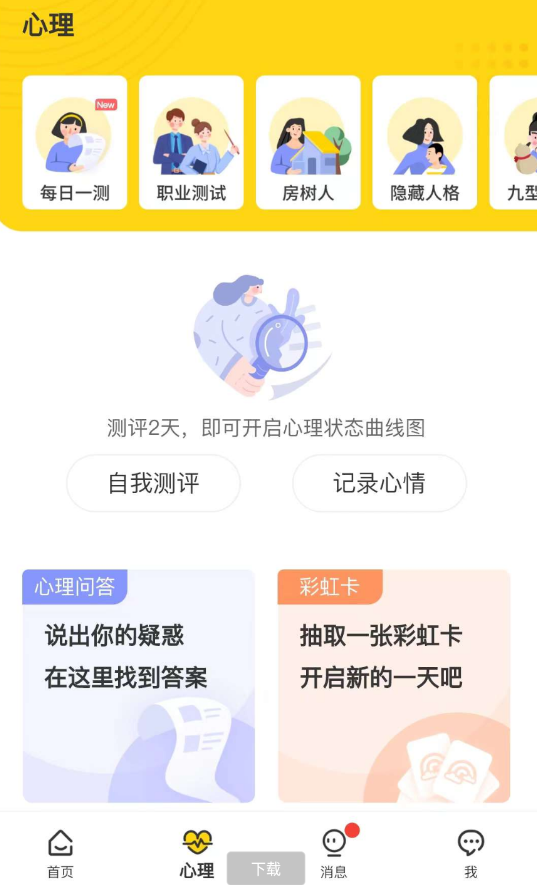本篇文章给大家带来的内容是关于laravel框架下路由的使用(源码解析),有一定的参考价值,有需要的朋友可以参考一下,希望对你有所帮助。
前言
我的解析文章并非深层次多领域的解析攻略。但是参考着开发文档看此类文章会让你在日常开发中更上一层楼。
废话不多说,我们开始本章的讲解。
入口
laravel启动后,会先加载服务提供者、中间件等组件,在查找路由之前因为我们使用的是门面,所以先要查到Route的实体类。
注册
第一步当然还是通过服务提供者,因为这是laravel启动的关键,在 RouteServiceProvider 内加载路由文件。
protected function mapApiRoutes() { Route::prefix('api') ->middleware('api') ->namespace($this->namespace) // 设置所处命名空间 ->group(base_path('routes/api.php')); //所得路由文件绝对路径 }
首先require是不可缺少的。因路由文件中没有命名空间。 IlluminateRoutingRouter 下方法
protected function loadRoutes($routes) { if ($routes instanceof Closure) { $routes($this); } else { $router = $this; require $routes; } }
随后通过路由找到指定方法,依旧是 IlluminateRoutingRouter 内有你所使用的所有路由相关方法,例如get、post、put、patch等等,他们都调用了统一的方法 addRoute
public function addRoute($methods, $uri, $action) { return $this->routes->add($this->createRoute($methods, $uri, $action)); }
之后通过 IlluminateRoutingRouteCollection addToCollections 方法添加到集合中
protected function addToCollections($route) { $domainAndUri = $route->getDomain().$route->uri(); foreach ($route->methods() as $method) { $this->routes[$method][$domainAndUri] = $route; } $this->allRoutes[$method.$domainAndUri] = $route; }
添加后的结果如下图所示
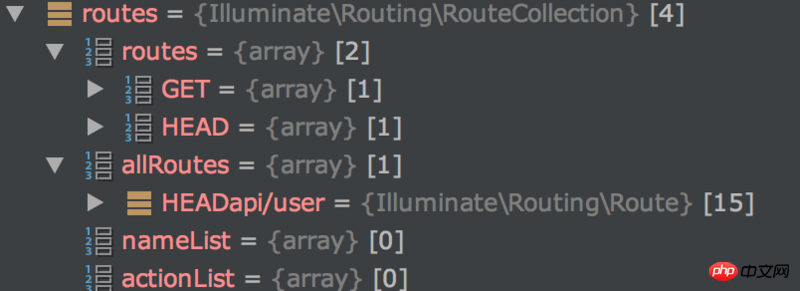
调用
通过 IlluminateRoutingRouter 方法开始运行路由实例化的逻辑
protected function runRoute(Request $request, Route $route) { $request->setRouteResolver(function () use ($route) { return $route; }); $this->events->dispatch(new EventsRouteMatched($route, $request)); return $this->prepareResponse($request, $this->runRouteWithinStack($route, $request) ); } .... protected function runRouteWithinStack(Route $route, Request $request) { $shouldSkipMiddleware = $this->container->bound('middleware.disable') && $this->container->make('middleware.disable') === true; $middleware = $shouldSkipMiddleware ? [] : $this->gatherRouteMiddleware($route); return (new Pipeline($this->container)) ->send($request) ->through($middleware) ->then(function ($request) use ($route) { return $this->prepareResponse( $request, $route->run() // 此处调用run方法 ); }); }
在 IlluminateRoutingRoute 下 run 方用于执行控制器的方法
public function run() { $this->container = $this->container ?: new Container; try { if ($this->isControllerAction()) { return $this->runController(); //运行一个路由并作出响应 } return $this->runCallable(); } catch (HttpResponseException $e) { return $e->getResponse(); } }
从上述方法内可以看出 runController 是运行路由的关键,方法内运行了一个调度程序,将控制器 $this->getController() 和控制器方法 $this->getControllerMethod() 传入到 dispatch 调度方法内
protected function runController() { return $this->controllerDispatcher()->dispatch( $this, $this->getController(), $this->getControllerMethod() ); }
这里注意 getController() 才是真正的将控制器实例化的方法
public function getController() { if (! $this->controller) { $class = $this->parseControllerCallback()[0]; // 0=>控制器 xxController 1=>方法名 index $this->controller = $this->container->make(ltrim($class, '')); // 交给容器进行反射 } return $this->controller; }
实例化
依旧通过反射加载路由指定的控制器,这个时候build的参数$concrete = AppApiControllersXxxController
public function build($concrete) { // If the concrete type is actually a Closure, we will just execute it and // hand back the results of the functions, which allows functions to be // used as resolvers for more fine-tuned resolution of these objects. if ($concrete instanceof Closure) { return $concrete($this, $this->getLastParameterOverride()); } $reflector = new ReflectionClass($concrete); // If the type is not instantiable, the developer is attempting to resolve // an abstract type such as an Interface of Abstract Class and there is // no binding registered for the abstractions so we need to bail out. if (! $reflector->isInstantiable()) { return $this->notInstantiable($concrete); } $this->buildStack[] = $concrete; $constructor = $reflector->getConstructor(); // If there are no constructors, that means there are no dependencies then // we can just resolve the instances of the objects right away, without // resolving any other types or dependencies out of these containers. if (is_null($constructor)) { array_pop($this->buildStack); return new $concrete; } $dependencies = $constructor->getParameters(); // Once we have all the constructor's parameters we can create each of the // dependency instances and then use the reflection instances to make a // new instance of this class, injecting the created dependencies in. $instances = $this->resolveDependencies( $dependencies ); array_pop($this->buildStack); return $reflector->newInstanceArgs($instances); }
这时将返回控制器的实例,下面将通过url访问指定方法,一般控制器都会继承父类 IlluminateRoutingController ,laravel为其设置了别名 BaseController
public function dispatch(Route $route, $controller, $method) { $parameters = $this->resolveClassMethodDependencies( $route->parametersWithoutNulls(), $controller, $method ); if (method_exists($controller, 'callAction')) { return $controller->callAction($method, $parameters); } return $controller->{$method}(...array_values($parameters)); }
Laravel通过controller继承的callAction去调用子类的指定方法,也就是我们希望调用的自定义方法。
public function callAction($method, $parameters) { return call_user_func_array([$this, $method], $parameters); }





